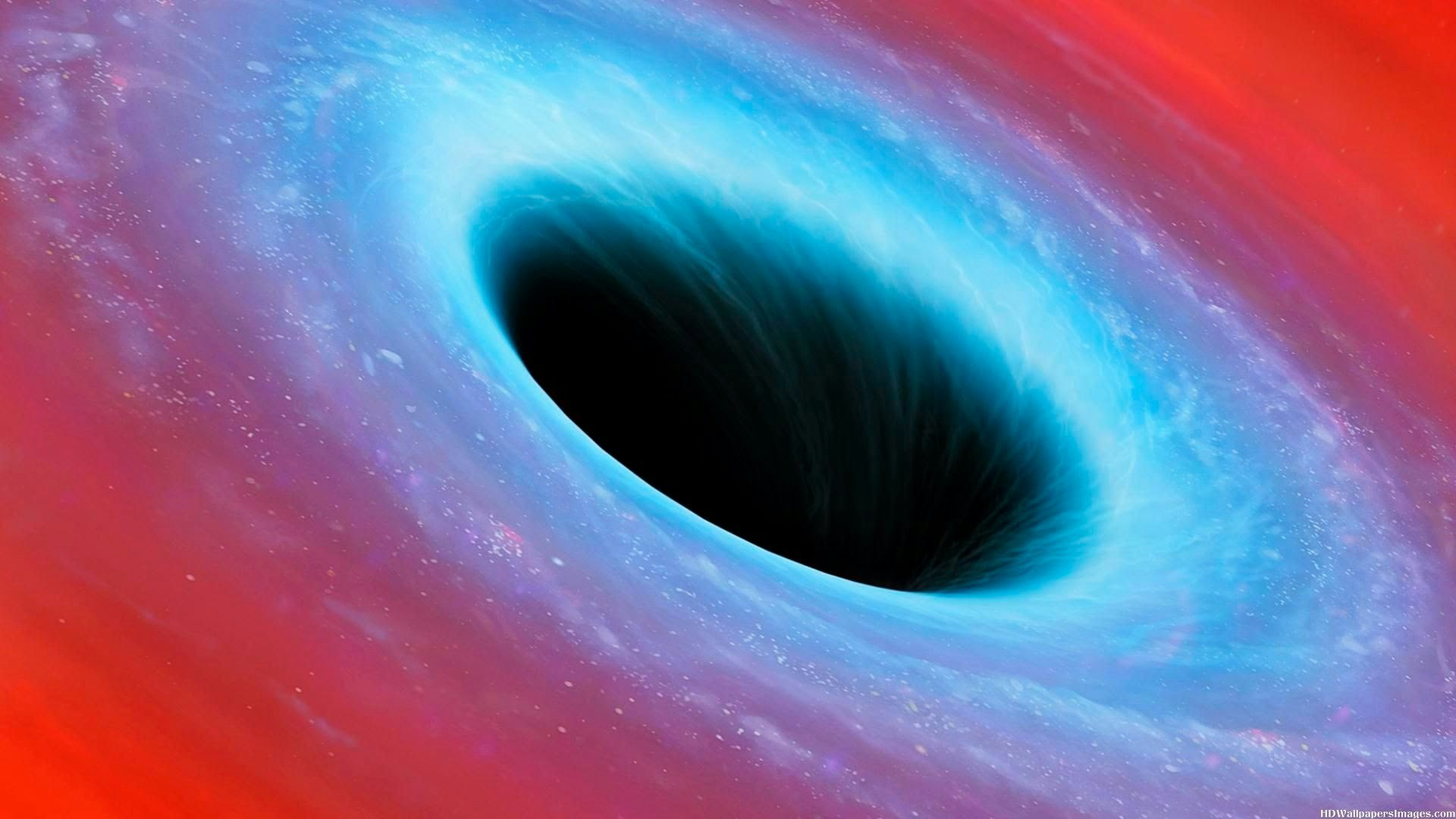
If you think the WCCC sounds a little too convenient – because, while an event horizon is understood mathematically, we aren’t 100% sure how it manifests physically – you could be right. This get-out-of-jail-free card is called the Weak Cosmic Censorship Conjecture (WCCC). That way there’s no part of the observable Universe that general relativity can’t describe. It saves both the black hole’s blushes and our own, conveniently hiding a place we can’t explain behind a layer of clothing we can never see past, as no light can escape from inside the event horizon to show us what’s happening in there. He said that a singularity must always be dressed with an event horizon in other words, no 'naked' singularities are allowed. The black hole at the centre of galaxy M87 as it appears in polarised light. Yet there are actually thought to be between 10 million and one billion black holes in our Milky Way alone. With black hole detections only numbering in the thousands, you might assume that these objects are rare – vanishingly so, you might say. These ‘ripples’ in the fabric of spacetime are caused by violent and energetic cosmic processes – which can be formed by the merger of two black holes. More recently, astronomers at the Laser Interferometer Gravitational Wave Observatory (LIGO) and the Virgo Interferometer have been using a technique called interferometry to detect gravitational waves. Our Galaxy has a black hole at its heart too, designated Sagittarius A*. Similarly, many hundreds of supermassive black holes, which sit at the heart of most galaxies, have been discovered by observing the fast orbits of stars and gas, and seeing stars being literally torn apart by the strong gravitational field. Radiation emanating from accretion disks as a black hole strips a nearby star of its matertail is one way we can infer that a black hole exists. These titans could be formed by the merger of their smaller cousins. They have been proposed as the seeds of supermassive black holes. Ranging from 100 to 100,000 solar masses, only a handful of these black holes have been discovered.

It is located about 3,000 lightyears away, and is between 9-13 times the mass of the Sun. Formed from the core-collapse of massive stars at the end of their lives, the closest known one is V616 Monocerotis. These black holes, between about 4 and 100 solar masses, are thought to be the most abundant of the four classes. Some experts claimed miniature black holes might appear in the collisions created by the Large Hadron Collider, but none has been detected so far. They were first proposed by Stephen Hawking in 1971, who suggested they may have formed in the early Universe. Still hypothetical, these black holes have a mass smaller than the Sun. In the 1990s, we saw stars being flung around the centre of our galaxy in a way that suggests they’re orbiting a four million solar mass monster – only a supermassive black hole fitted the bill.įinally, concrete evidence came first in 2015 when the Laser Interferometer Gravitational Wave Observatory (LIGO) detected gravitational waves from black hole collisions.Īs with many other celestial bodies, black holes can be split into classes: Miniature black holes

The phrase ‘black hole’ itself wouldn’t appear for another three decades: it was coined by John Wheeler in 1967.Ĭircumstantial evidence for their existence arrived in the 1970s when astronomers saw intense X-ray radiation coming from the region around a compact object.

The first modern incarnation of a black hole appeared in a 1939 paper by Robert Oppenheimer, the famed leader of the Manhattan Project.Ĭalled On Continued Gravitational Contraction, Oppenheimer speculated that if the core of a collapsing star has sufficient mass it would become what we now call a black hole. As far back as the 18th century, Englishman John Michell wondered whether you could add enough mass to the Sun so that light wouldn’t be able to leave its gravitational clutches. The idea of a black hole is older than many people realise. Oppenheimer pictured with Albert Einstein Photo by CORBIS/Corbis via Getty Images


 0 kommentar(er)
0 kommentar(er)
